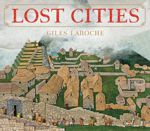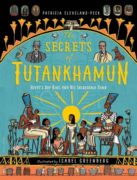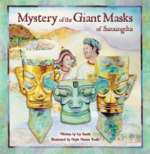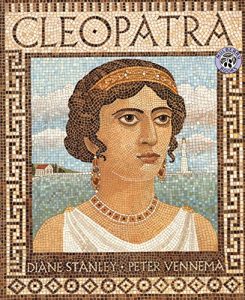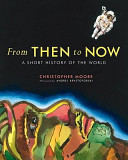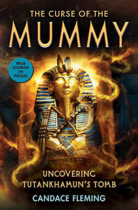
During the reign of the New Kingdom of Egypt, the boy pharaoh Tutankhamun ruled and died tragically young. In order to send him on his way into the afterlife, his tomb was filled with every treasure he would need after death. And then, it was lost to time, buried in the sands of the Valley of the Kings.
His tomb was also said to be cursed.
Centuries later, as Egypt-mania gripped Europe, two Brits — a rich earl with a habit for gambling and a disreputable, determined archeologist — worked for years to rediscover and open Tutankhamun’s tomb. But once it was uncovered, would ancient powers take their revenge for disturbing and even looting the pharaoh’s resting place? What else could explain the mysterious illnesses, accidents, and deaths that began once it was found?

